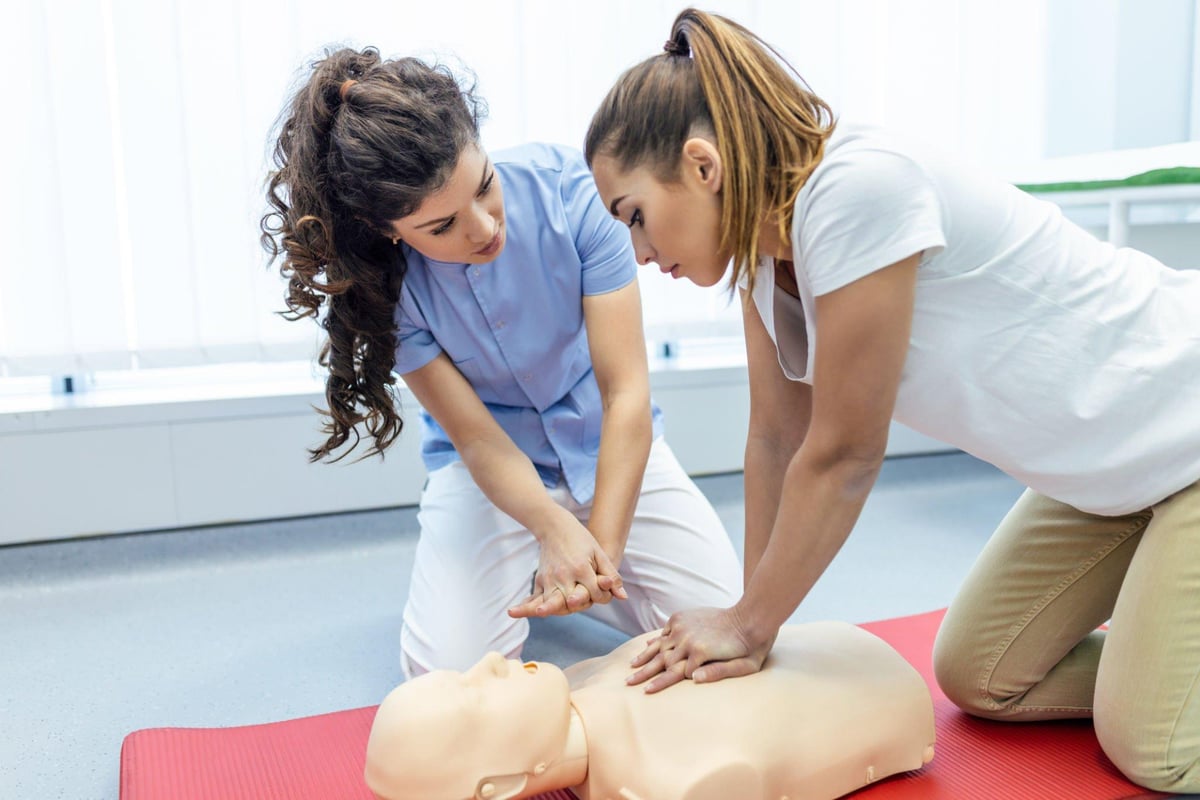Is EMT a Good Job? Pros and Cons

Summary
EMT work is incredibly rewarding and a great way to get a lot of direct healthcare experience, quickly. However, the work doesn't pay well relative to how stressful it is.
Pros:
- Short training (accelerated programs can be as short as 2-3 months). See cheapest and fastest EMT programs
- Experience a wide variety of healthcare situations, quickly
Cons:
- Very stressful
- Physically demanding
- Irregular hours
- Limited career advancement
3. Apply for certification with your local EMS agency
Apply for certification at a local EMS agency. The process is different for every city and state, but in general, you can expect to pay a small fee and undergo a background check. Your EMT training program will help walk you through the process.
Career Outlook for EMTs
The demand for EMTs is expected to grow in the coming years. According to the Bureau of Labor Statistics, the employment of EMTs is projected to grow 6 percent from 2019 to 2029, faster than the average for all occupations. This growth is attributed to an aging population and the need for emergency medical services.
How much do EMTs make?
The Bureau of Statistics reports that EMTs are paid on average $43,100/year, or $20.72/hour. However, keep in mind that it might be challenging to have a full-time EMT role. There may only be part-time, weekend, or overnight shifts available.
Factors to consider before deciding on a career as an EMT
Before embarking on a career as an EMT, it is essential to consider the following factors:
- Emotional resilience: The job of an EMT can be emotionally challenging. It is crucial to assess your ability to handle stressful situations and witness traumatic events.
- Physical fitness: EMTs must be physically fit to perform the job effectively. Consider your physical capabilities and whether you are prepared for the physical demands of the profession.
- Work-life balance: The irregular hours and unpredictable nature of emergency medical services can make it difficult to maintain a healthy work-life balance. Consider how this may impact your personal life and commitments.
- Long-term career goals: If you have aspirations for career advancement within the EMT field, it is essential to research the opportunities and requirements available to you.
Final Thoughts
Becoming an EMT can be a rewarding and fulfilling career choice for those who are passionate about helping others and thrive in high-pressure situations. However, it is crucial to consider the pros and cons, as well as your own skills and qualifications, before making a decision. If you are interested in pursuing a career as an EMT, consider exploring training programs through platforms like Dreambound. Dreambound is the largest platform for students to find vocational training programs, such as allied health or industrial trades. Their mission is to provide all the information students need to find the perfect class, including EMT training programs.
Dreambound has an extensive collection of guides that dive deep into how to get started in the field, tailored for various states. For more detailed information, we recommend exploring our other guides.
Here are some other career paths to consider if you're not sure EMT is for you:
- Is Medical Assistant a Good Job? Pros and Cons: help doctors and nurses with various clinical and administrative tasks. Slower-paced than an EMT job and slightly less clinical, but still get a lot of variety.
- Is Paramedic a Good Job? Pros and Cons: more advanced than an EMT, so better paid but more expensive training. Still demanding, fast-paced, and a variety of medical situations.
- Is Firefighter a Good Job? Pros and Cons: handle emergency situations and sometimes provide emergency medical care like CPR until paramedics or EMTs arrive.
- Is Phlebotomist a Good Job? Pros and Cons: short training that teaches you how to draw blood for the purposes of diagnostics.

Justine Tacmo is part of the Growth team at Dreambound. He assists the organization by updating critical information so students receive the most up-to-date information for their desired trade schools. Besides, he has a passion for writing and expresses it through poetry, covering themes of life, love, and mental health, which is also his advocacy.




